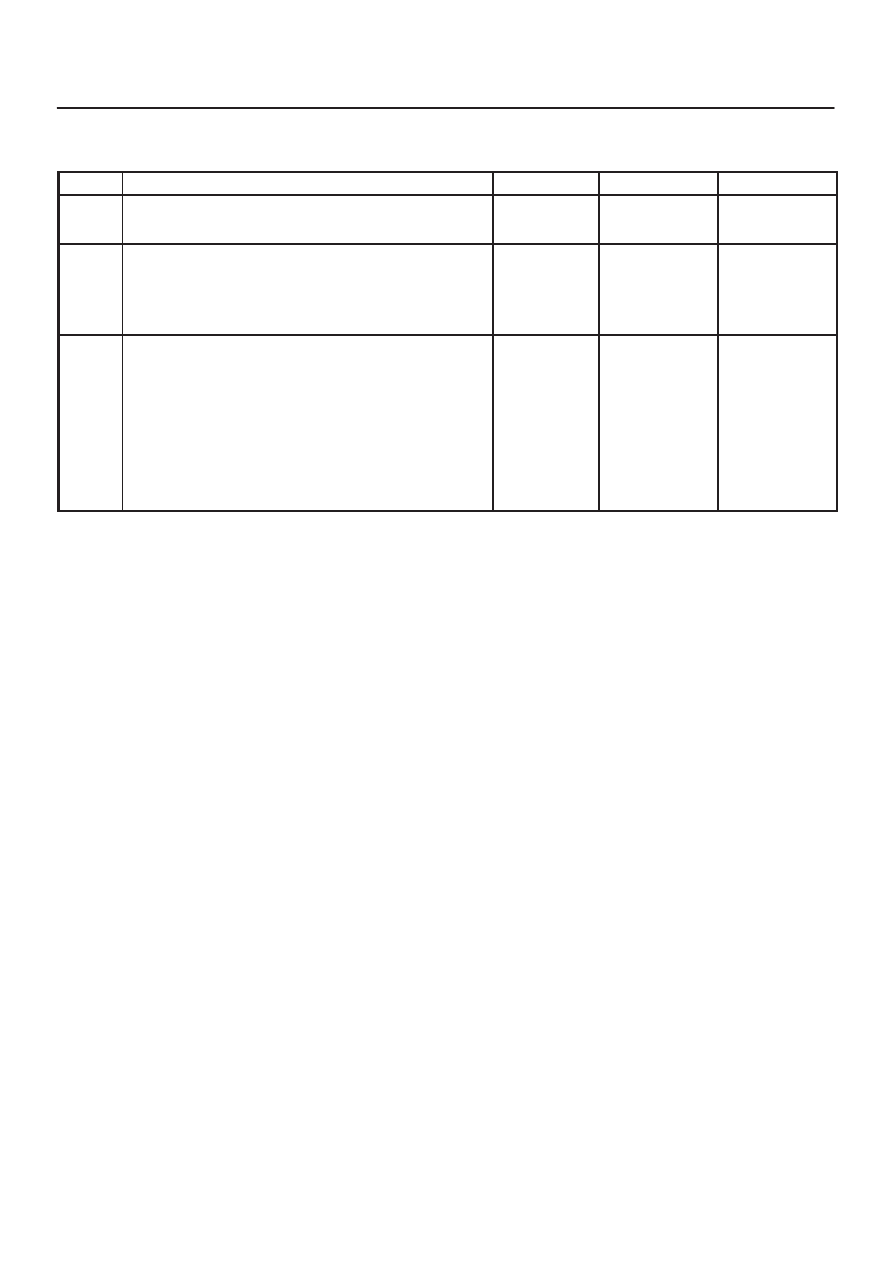Content .. 1410 1411 1412 1413 ..
Isuzu Amigo / Axiom / Trooper / Rodeo / VehiCross. Manual - part 1412

6E2–99
RODEO 6VD1 3.2L ENGINE DRIVEABILITY AND EMISSIONS
Starter Control System Check
(Cont'd)
Step
No
Yes
Value(s)
Action
26
Replace the starter motor.
Is the action complete?
—
Verify repair
—
27
Check the engine start times.
Is the engine start time less than specified value?
10 sec.
System OK
Go to
the
Engine
Cranks But
Will Not Run
Chart
28
Replace the PCM.
IMPORTANT: The replacement PCM must be
programmed.Refer to
ON-Vehicle Service in Power
ControlModule and Sensors for procedures.And also
refer to latest Service Bulletin.Check to see if the latest
software is released ornot.
And then Down Load the LATEST PROGRAMMED
SOFTWARE to the replacement PCM.
Is the action complete?
—
Verify repair
—